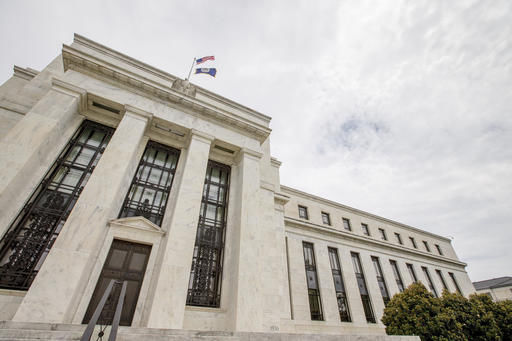After missing its inflation target repeatedly, Fed considers a new approach
If you’re a salesperson who repeatedly misses your sales target, you may be out of a job. But if you’re the Federal Reserve, six years of missed inflation targets have no real consequences.
James Bullard, president of the St. Louis Federal Reserve Bank, used that comparison this week to discuss ways the Fed might improve its inflation-targeting strategy. The analogy isn’t perfect: Any salesperson would be congratulated for overachieving on his or her goals, which is what an old-time inflation hawk might say the Fed has done.
The Fed’s stated goal is to keep inflation as close to 2 percent as possible. Since 2012, using the broad index the Fed prefers, it has averaged just 1.3 percent. Inflation crept close to the 2 percent target a year ago, but a drop since then has sent economists inside and outside the central bank searching for answers.
Now is a good time to re-examine inflation targeting, Bullard said in a speech to the CFA Society of Louis. The economy is doing well, the Fed is unwinding its policies from the last financial crisis and there is no new crisis on the horizon. “While it’s not raining, maybe it’s time to fix the roof if you think the roof needs fixing,” he said.
Some economists have proposed that the Fed boost its inflation target, at least temporarily, to 3 or 4 percent. Others suggest a more subtle change: Targeting the price level instead of the inflation rate.
With a price-level target, the Fed could still shoot for 2 percent inflation, but it would have to make up for misses. After a period of low inflation, the central bank would have to stimulate the economy more aggressively.
If the Fed wanted to make up for its inflation shortfall since 2012, for instance, Bullard calculates that it would need to tolerate 2.5 percent inflation for a decade. “In contrast, today’s inflation targeting regime in the U.S. and around the world simply allows misses and does not do anything about them,” he said.
Other suggested approaches include a target for nominal income or nominal gross domestic product. This would focus the central bank’s attention on the real side of the economy, but it may have trouble sorting out price pressures from other changes, such as a surge in productivity.
Bullard favors studying other possible approaches, but he notes that none of them has been tested in the real world. Simply targeting inflation at 2 percent, by contrast, has been the policy of most major central banks for a couple of decades. (The Fed adopted an informal 2 percent target in the mid-1990s and made it official in 2012.)
“This standard has been successful in keeping inflation low and stable,” Bullard said. “It has really worked quite well, and because of that there is going to be a lot of reluctance to move away from inflation targeting as it works today.”
After Bullard’s speech, an audience member asked a pointed question: If the Fed hasn’t been able to meet its 2 percent inflation target, what would it do differently to meet a price-level target?
Bullard admitted that the Fed’s methods for hitting the target are “kind of a black box.” Its leaders have repeatedly predicted that inflation was on the verge of bouncing back, only to be surprised again and again.
For the sake of its own credibility, the Fed needs to make sure it can hit the old target before it seriously considers adopting a new one.

